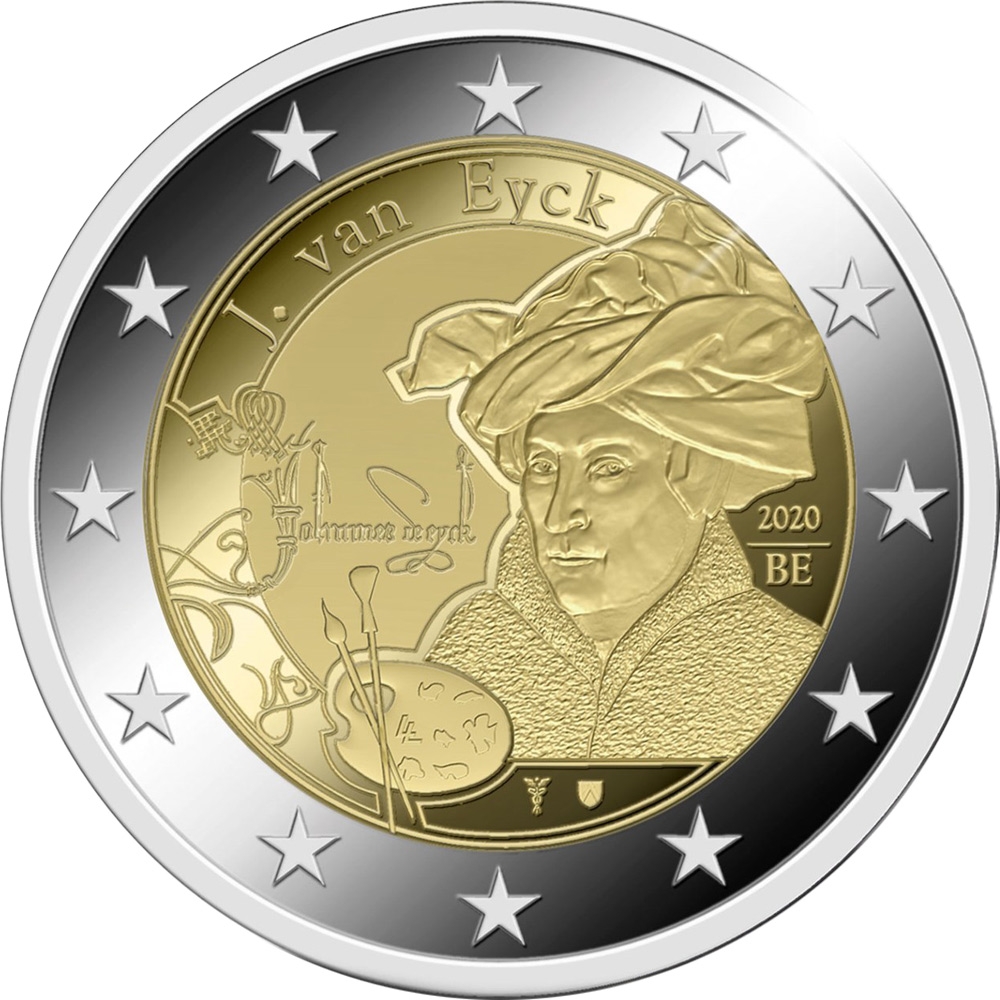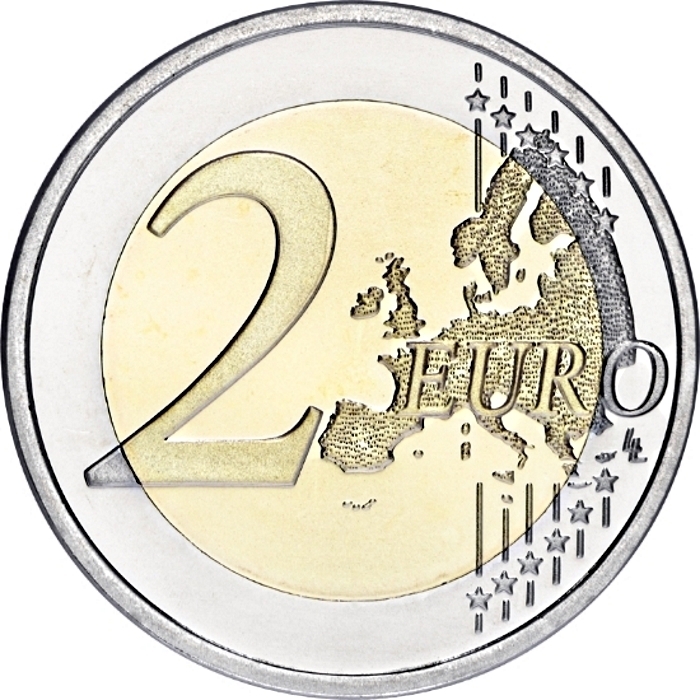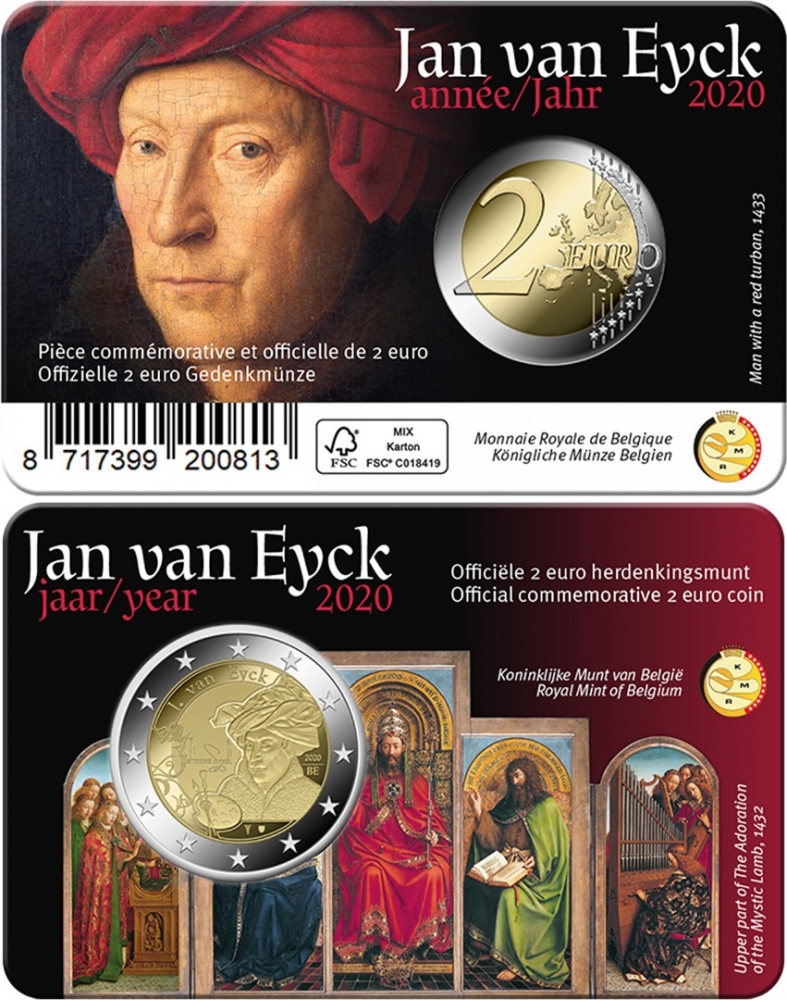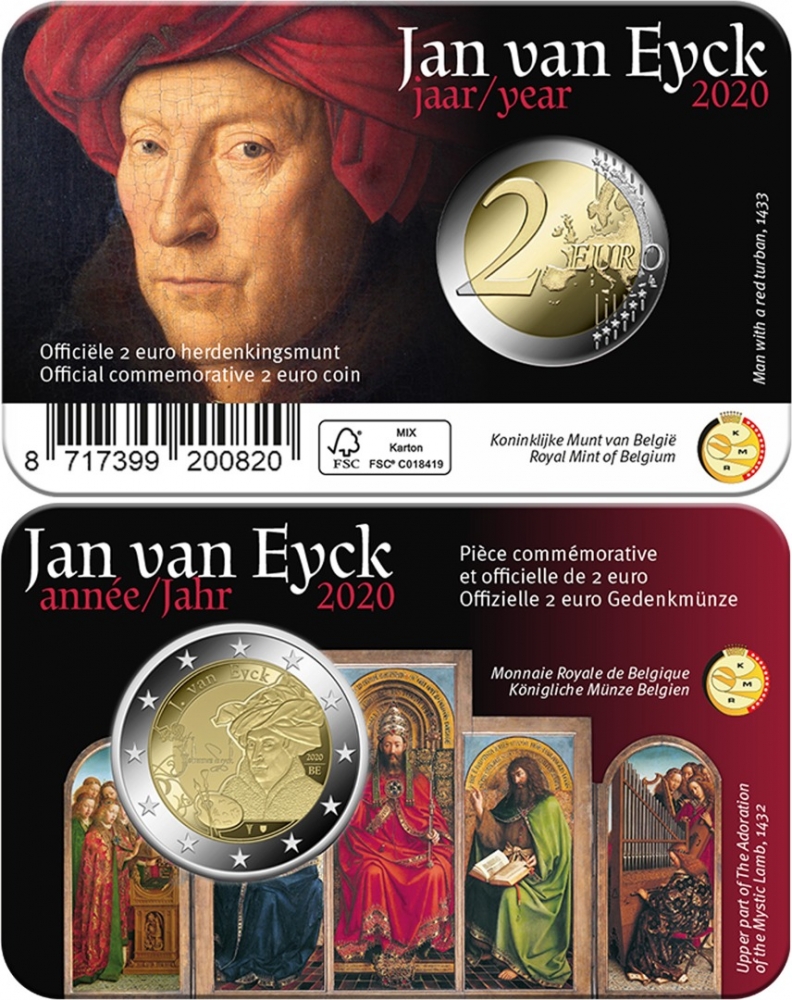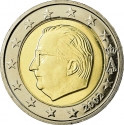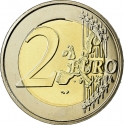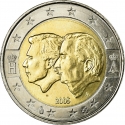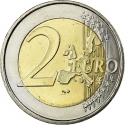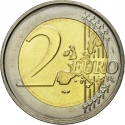You are about to finish your registration. Please check your mailbox (including spam folder). There should be a letter with a confirmation link. Check setting to make sure that your e-mail address is correct.
Send letter againDescription
Jan van Eyck (before c. 1390 – 1441) was a Flemish painter active in Bruges. He is one of the early innovators of what became known as Early Netherlandish painting, and one of the most significant representatives of Early Northern Renaissance art.
About 20 surviving paintings are confidently attributed to him, as well as the Ghent Altarpiece and the illuminated miniatures of the Turin-Milan Hours, all dated between 1432 and 1439. Ten are dated and signed with a variation of his motto ALS IK KAN (As I (Eyck) can), a pun on his name, which he typically painted in Greek characters.
Van Eyck painted both secular and religious subject matter, including altarpieces, single-panel religious figures and commissioned portraits. His work includes single panels, diptychs, triptychs, and polyptych panels. Van Eyck's work comes from the International Gothic style, but he soon eclipsed it, in part through a greater emphasis on naturalism and realism. He achieved a new level of virtuosity through his developments in the use of oil paint. He was highly influential, and his techniques and style were adopted and refined by the Early Netherlandish painters.
Obverse

|
The inner part depicts the 'Portrait of a Man' together with his signature and a painter's palette that also contains the initials LL, referring to the designer of the coin, Luc Luycx and two paintbrushes. The painter's name is above the portrait. Belgian mint director Ingrid Van Herzele's mark (coat of arms of the municipality Herzele) and a logo of the Royal Dutch Mint (caduceus or Mercury's wand, a short staff entwined by two serpents) on the bottom. Date and country code (BE) on the right. The outer ring depicts the twelve stars of the European flag. J. van Eyck |
|---|---|
Reverse

|
A geographical map of Western Europe spans the outer ring and inner core on the right side of the coin. The inscription 2 EURO is superimposed over the map of Europe, with the numeral “2” located in an open field representing the eastern Atlantic Ocean. 2 EURO |
| Edge |
The sequence "2 ★ ★" repeated six times alternately upright and inverted 2 ★ ★ 2 ★ ★ 2 ★ ★ 2 ★ ★ 2 ★ ★ 2 ★ ★ |
2 Euro
KM# 408 LA# BEM-8.29
Swap now (2 offers)
Characteristics
| Type | Commemorative Issue (Non-circulating) |
| Material | Bi-Metallic |
| Ring | Cupronickel |
| Center | Nickel Brass |
| Weight | 8.5 g |
| Diameter | 25.75 mm |
| Thickness | 2.2 mm |
| Shape |
|
| Alignment | Medal |
| Mint |
Royal Dutch Mint (KNM)
|
